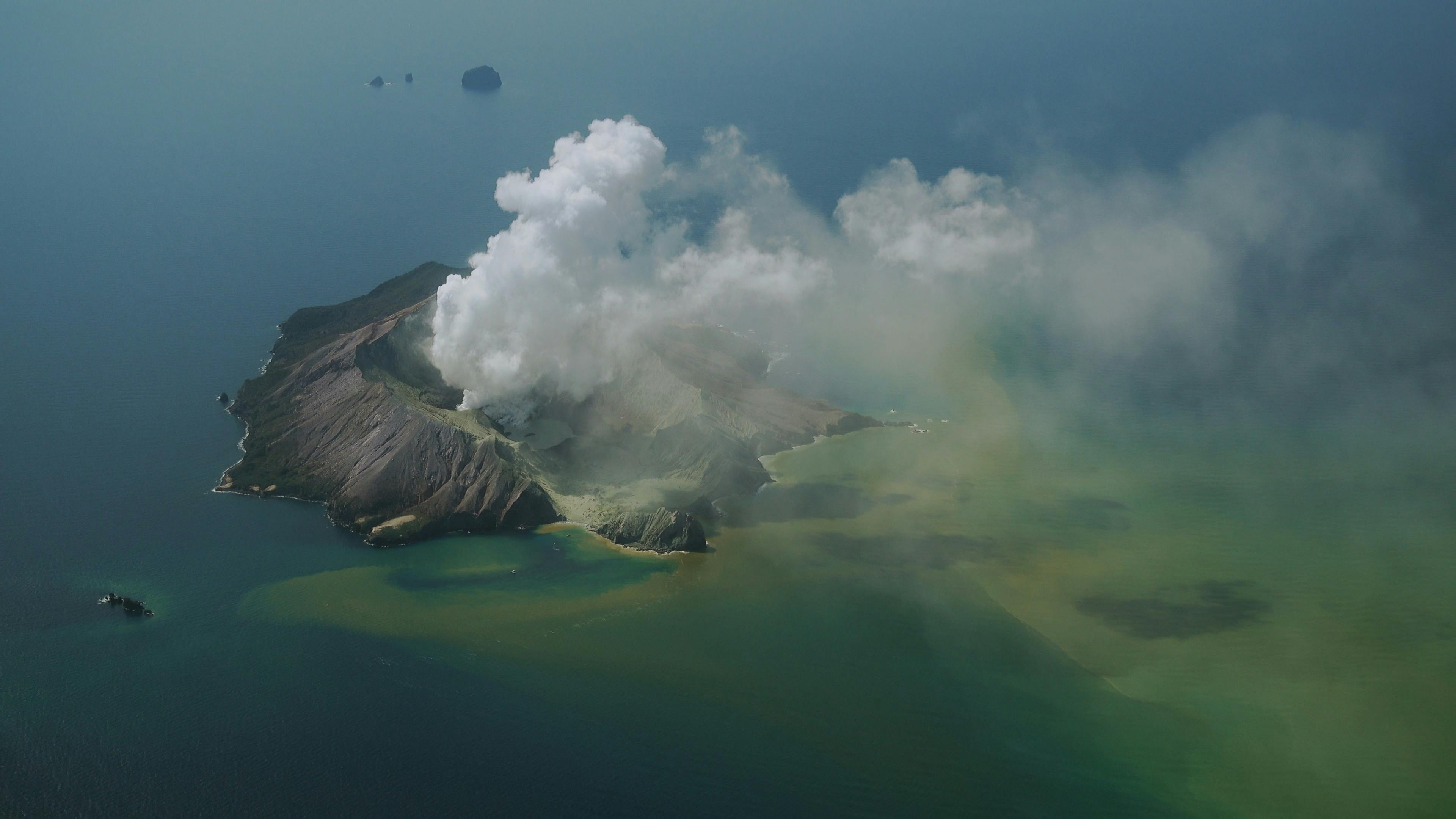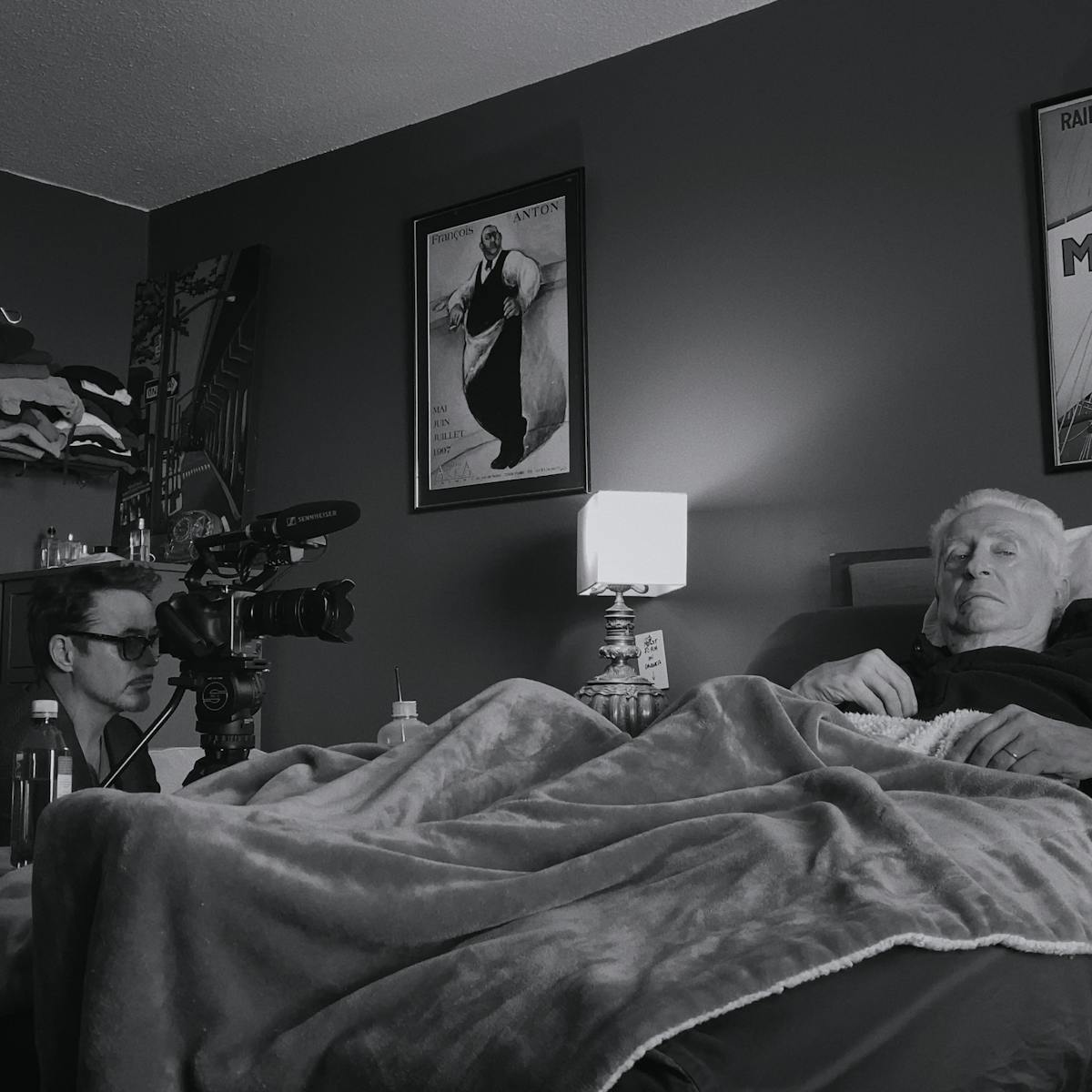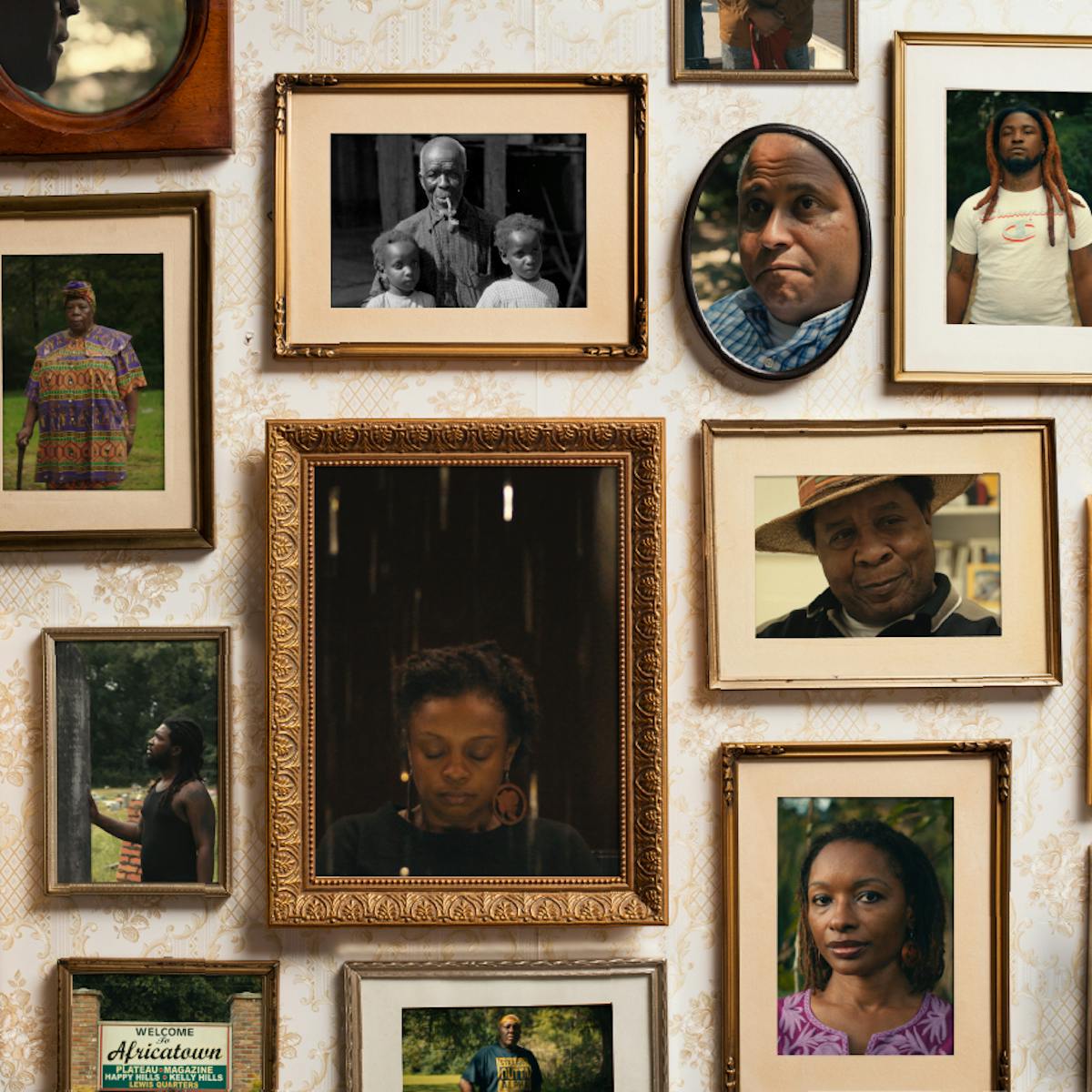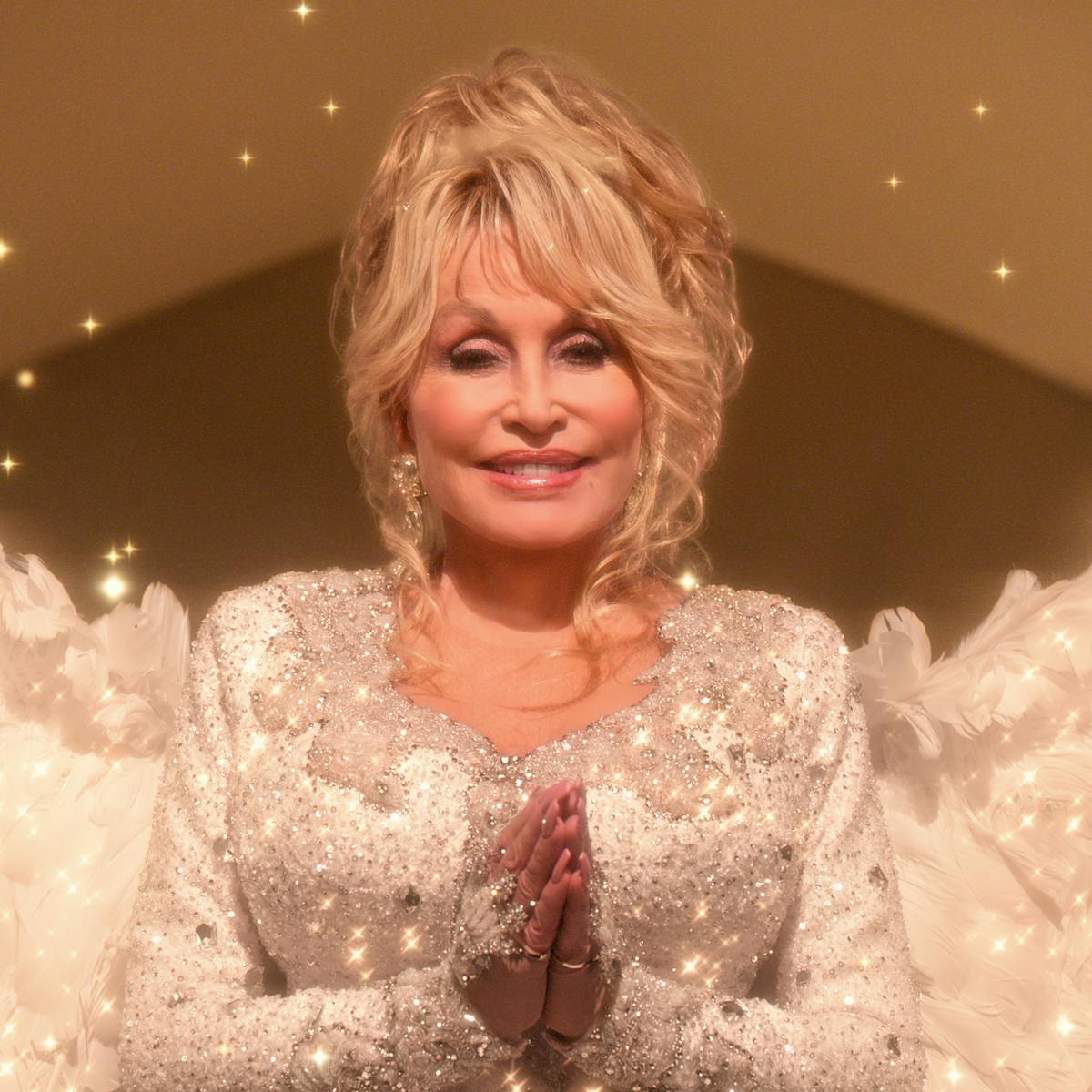Rory Kennedy pairs on-the-ground footage and emotional interviews to tell the story of a tourist trip gone horribly wrong in New Zealand.
On its face, The Volcano: Rescue from Whakaari is a peek inside a tourist trip gone horribly wrong. But there are moments when the film registers more like bonafide horror — including a musical score that builds suspense — then just as quickly transforms itself into a superhero film, as ordinary people are called on to do extraordinary things. “I looked back to [my prior documentary] Last Days in Vietnam, and wanted to replicate that kind of edge-of-your-seat, ticking time bomb,” director Rory Kennedy says. “It pulls people in. And, more importantly, it helps people relate in a deep, emotional way to what the experience was like to live through.”
Rory Kennedy’s documentary is a close account of the eruption of New Zealand’s Whakaari, also known as White Island, on December 9, 2019, a tragedy that claimed the lives of 22 people and left many survivors critically burned and injured. The country’s most active cone volcano, Whakaari has built up its 800-acre circumference through continuous activity over the past 150,000 years. Rather than lava, Whakaari erupts with rocks and steam so hot it burns through skin. The island is located off the mainland coast city of Whakatāne, home to a community of 38,000, nearly half of which are Māori, who believe that they are both descendants of the volcano as well as its defenders. “There are extreme weather events happening all over the world,” Kennedy says of the story’s resonance. “I had lived through the Los Angeles county Woolsey fires [in 2018] and we had to escape with my three children. There’s a feeling of things being out of control in the face of this unpredictable mother nature and the violence that ensues.”
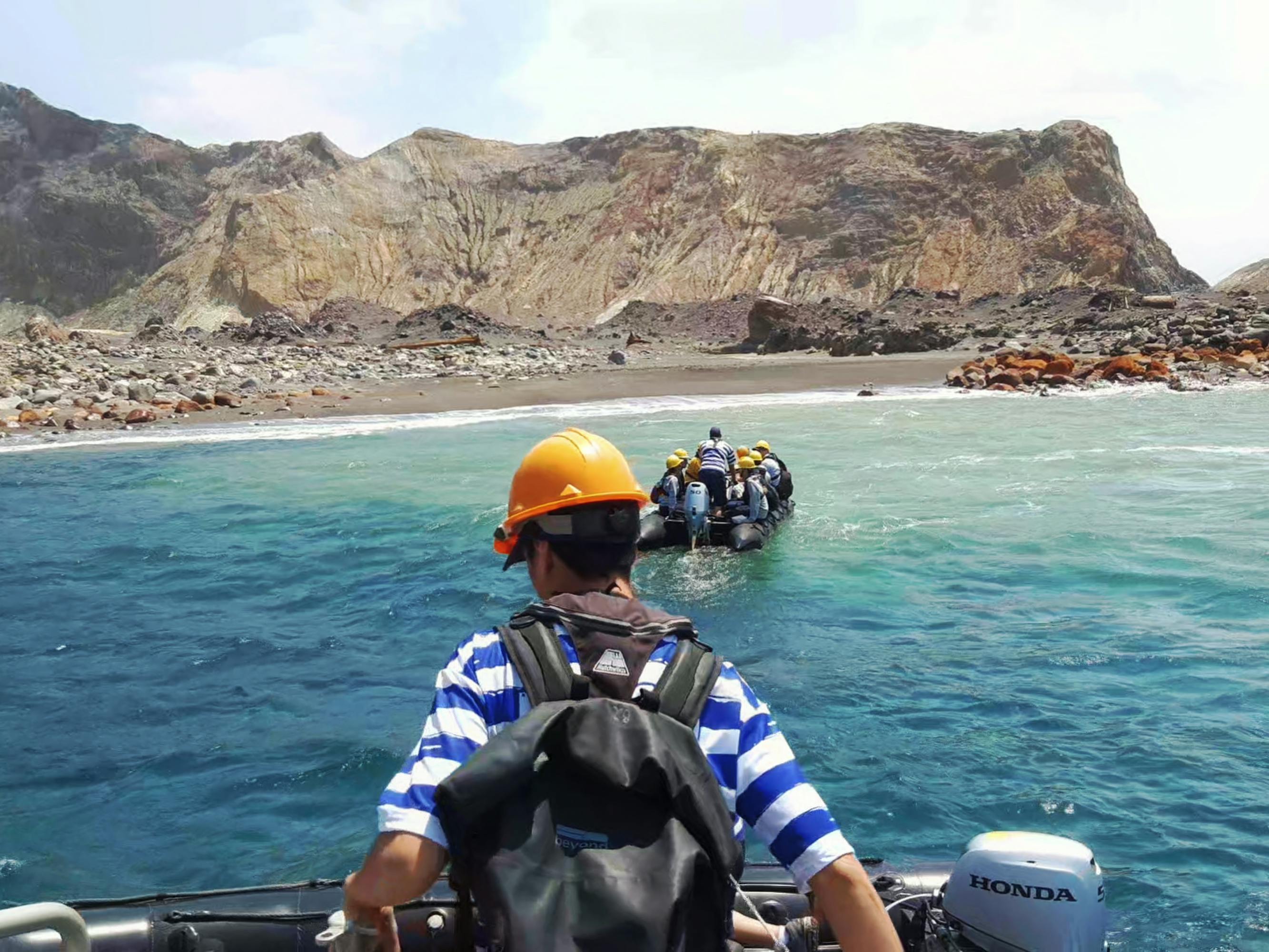
Like many of the most harrowing stories, the day of the December 9 eruption began like any other: a quiet summer morning, with clear skies and perfect visibility from the mainland out to the island volcano. Though the volcano was at “level 2” activity, Whakaari, at the time an enduringly popular and Instagram-worthy tourist attraction, continued its regularly scheduled tours. “Level 1, level 2 — didn’t really mean a lot,” shares the brother of Whakaari tour guide Hayden Marshall-Inman. “Level 1, you know — not much happening, level 2 was heightened activity, and then level 3 was an eruption, so, you know, there was a massive amount of scope between level 1 and level 3.”
As the tour groups made their way among the vibrant yellow and gurgling sulfur deposits, some noticed that the crater’s lake, typically blue and green, had turned white, the result of overnight volcanic activity. “I had my back to the crater, and I heard one of the other tourists say, ‘Hey, look at that!’ and you turn around and see this little black cloud coming out of the volcano,” remembers Matt Urey of the moment the volcano began erupting. In all, 47 people were on White Island at the time of its sudden eruption, including Matt and Lauren Urey, a couple on their honeymoon; The Langfords, a family of adventure seekers; tour guides Hayden Marshall-Inman, Kelsey Waghorn, and Tipene Maangi; and helicopter pilot Brian Depauw.
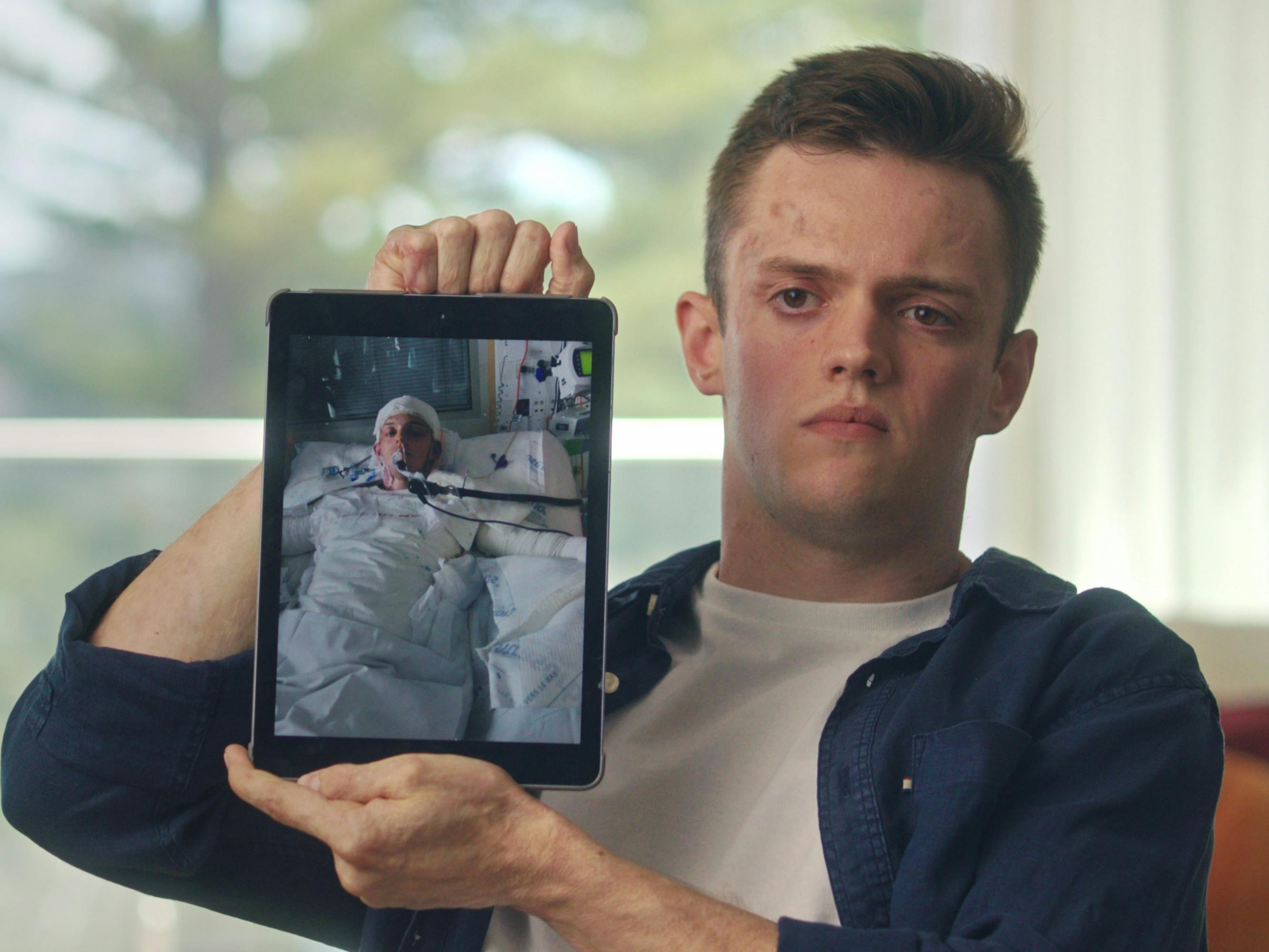
Jesse Langford
As White Island began spewing dark, ash-laden pressurized steam and rocks, tour groups were caught off guard: Some folks ran, some took cover beside rocks — Depauw was able to leap into the water, holding his breath beneath the surface until the eruption subsided, and emerging completely unscathed. The Volcano intersperses unbelievable, and at times horrifying, firsthand footage taken by survivors on phones and cameras throughout the movie. “I really wanted the film, as much as possible, to feel like it was coming from the perspective of the people who experienced it,” Kennedy says. At certain points, the screen turns black, and we hear only screams. Matt Urey recounts that the steam plume made it “darker than any night I’ve ever experienced.”
Interviews with survivors, some of whom are left with life-altering injuries, as well as family members of those lost, are heart-wrenching. But, just as it feels like too much to take, the film turns to the story of the rescue mission, in which local authorities, from police to paramedics — and even tourists like Geoff Hopkins, a pastor who had, only moments earlier, departed the island — dashed toward Whakaari even while dangerous ash continued to pour from the volcano. “The helicopter pilots could see the eruption from the mainland. They knew that there was no way these folks were going to be able to get off. And they got into their helicopters and went straight to that island. They saved people’s lives, and, in certain cases, held their hands so they weren’t alone during those final moments,” says Kennedy. “I think the story of [people] coming together and risking their lives to save each other was a reminder of what we humans have in common, which is that we look after each other.” In these moments, you understand not just the might of mother nature, but the power of the human spirit in the face of impossible peril.
